Close Overlay
✕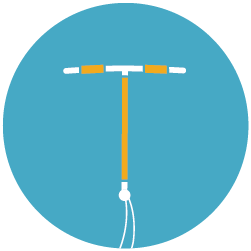
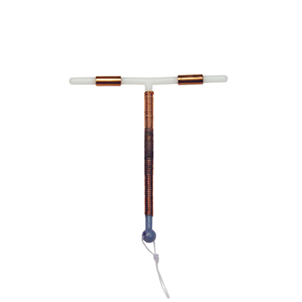
99%

12 Years
Talk to your healthcare provider to learn more about these methods and which is best for you
Source: Contraceptive Technology, 20th edition
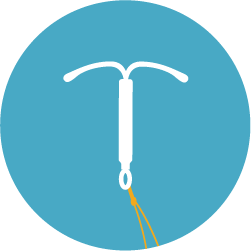
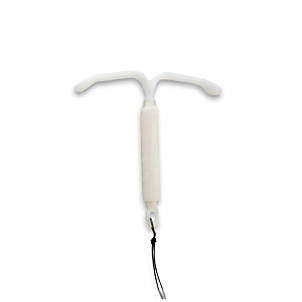
99%

7 Years
Side effects are most common during the first 3 months of use and usually go away.
You may experience some or none of the following:
Talk to your healthcare provider to learn more about these methods and which is best for you.
Source: Contraceptive Technology, 20th edition


99%

3 Years
Side effects are most common during the first 3 months of use and usually go away.
You may experience some or none of the following:
Talk to your healthcare provider to learn more about these methods and which is best for you.
Source: Contraceptive Technology, 20th edition

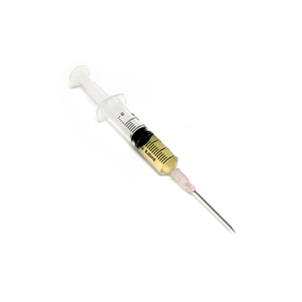
96%
 Perfect Use: 99%
Perfect Use: 99%
3 months
Talk to your healthcare provider to learn more about these methods and which is best for you.
Source: Contraceptive Technology, 20th edition

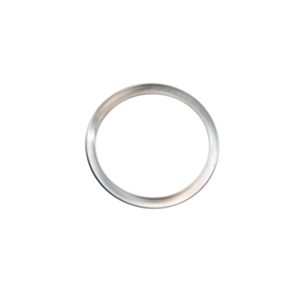
93%
 Perfect Use: 99%
Perfect Use: 99%
4 weeks
Side effects are most common during the first 3 months of use and usually go away.
You may experience some or none of the following:
Talk to your healthcare provider to learn more about these methods and which is best for you.
Source: Contraceptive Technology, 20th edition


93%
 Perfect Use: 99%
Perfect Use: 99%
1 Week
Side effects are most common during the first 3 months of use and usually go away.
You may experience some or none of the following:
Talk to your healthcare provider to learn more about these methods and which is best for you.
Source: Contraceptive Technology, 20th edition
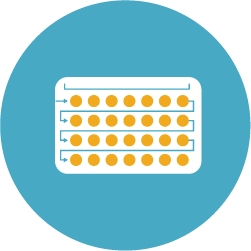
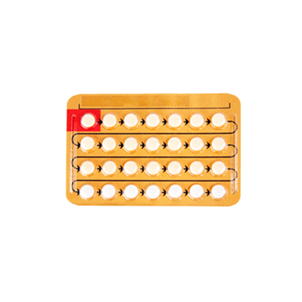
93%
 Perfect Use: 99%
Perfect Use: 99%
1 Day
Side effects are most common during the first 3 months of use and usually go away.
You may experience some or none of the following:
Talk to your healthcare provider to learn more about these methods and which is best for you.
Source: Contraceptive Technology, 20th edition

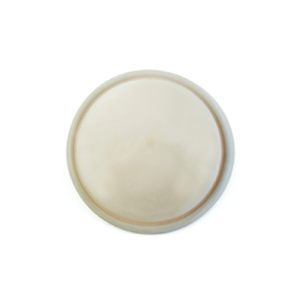
88%
 Perfect Use: 94%
Perfect Use: 94%
1 Day
Talk to your healthcare provider to learn more about these methods and which is best for you.
Source: Contraceptive Technology, 20th edition


87%
 Perfect Use: 98%
Perfect Use: 98%
1 Use
Talk to your healthcare provider to learn more about these methods and which is best for you.
Source: Contraceptive Technology, 20th edition


99%

Forever
Talk to your healthcare provider to learn more about sterilization and if it is right for you
Source: mayoclinic.org


99%

Forever
To learn more about this method, visit myvasectomydoc.com.
Source: My Vasectomy Doc
 IUD(non-hormonal) IUD(non-hormonal) |
 IUD(hormonal) IUD(hormonal) |
 Implant Implant |
 Shot Shot |
 Ring Ring |
 Patch Patch |
 Pill Pill |
 Diaphragm Diaphragm |
 Condom Condom |
|
|---|---|---|---|---|---|---|---|---|---|
| Effectiveness |
99%  Perfect Use: 99%
Perfect Use: 99%
|
99%  Perfect Use: 99%
Perfect Use: 99%
|
99%  Perfect Use: 99%
Perfect Use: 99%
|
96%  Perfect Use: 99%
Perfect Use: 99%
|
93%  Perfect Use: 99%
Perfect Use: 99%
|
93%  Perfect Use: 99%
Perfect Use: 99%
|
93%  Perfect Use: 99%
Perfect Use: 99%
|
88%  Perfect Use: 94%
Perfect Use: 94%
|
87%  Perfect Use: 98%
Perfect Use: 98%
|
| Lasts Up To | 12 Years |
7 Years |
3 Years |
3 Months |
4 Weeks |
1 Week |
1 Day |
1 Day |
1 Day |
| Pregnancy Risk | >1% |
>1% |
>1% |
6% |
6% |
6% |
6% |
12% |
12% |
| STI Prevention | |||||||||
| Hormone-Free | |||||||||
| Application | Nurse or Doctor | Nurse or Doctor | Nurse or Doctor | Nurse or Doctor | You | You | You | You | You |
Appointments can also be scheduled by calling toll-free 833-438-6922.


